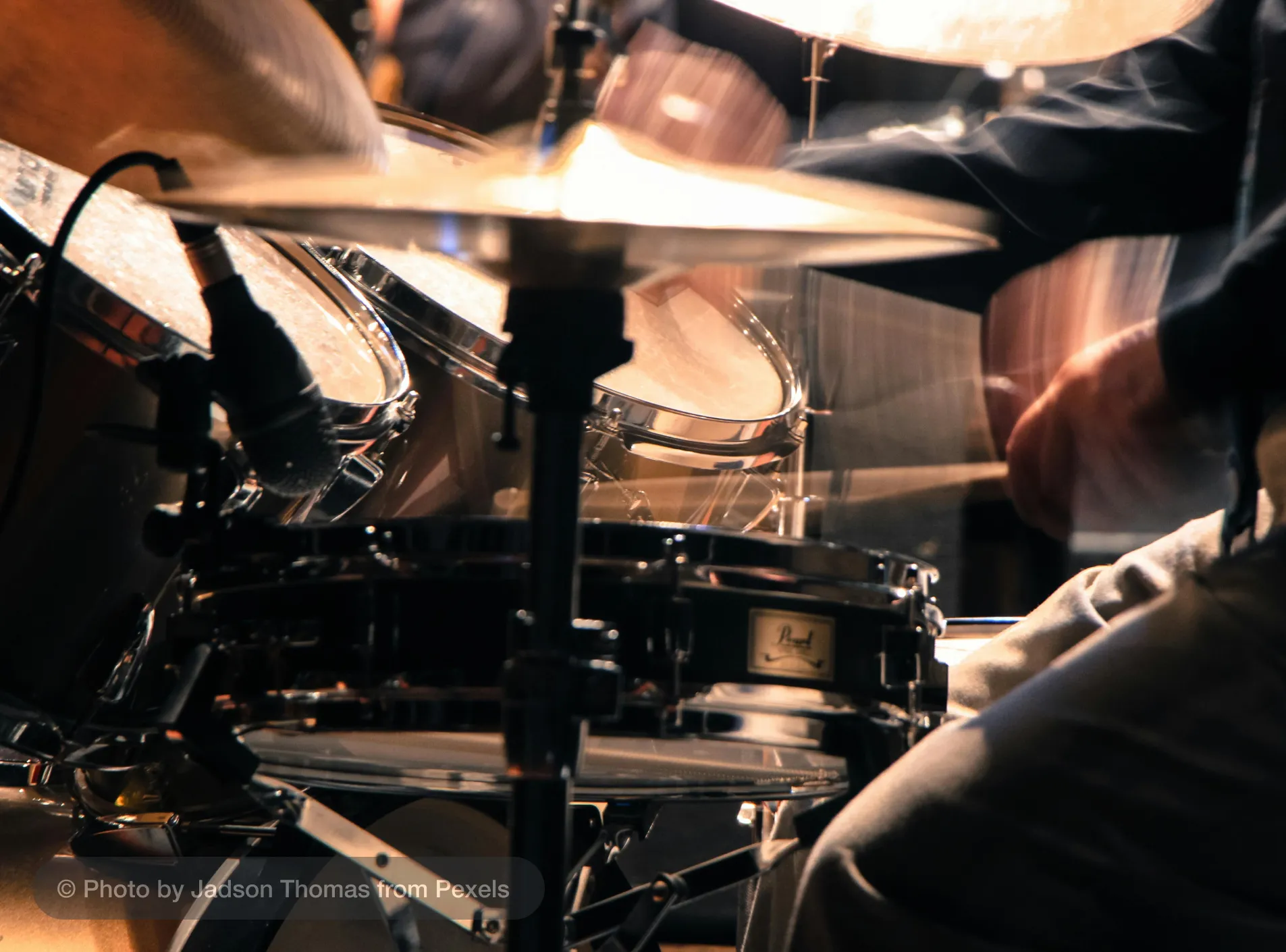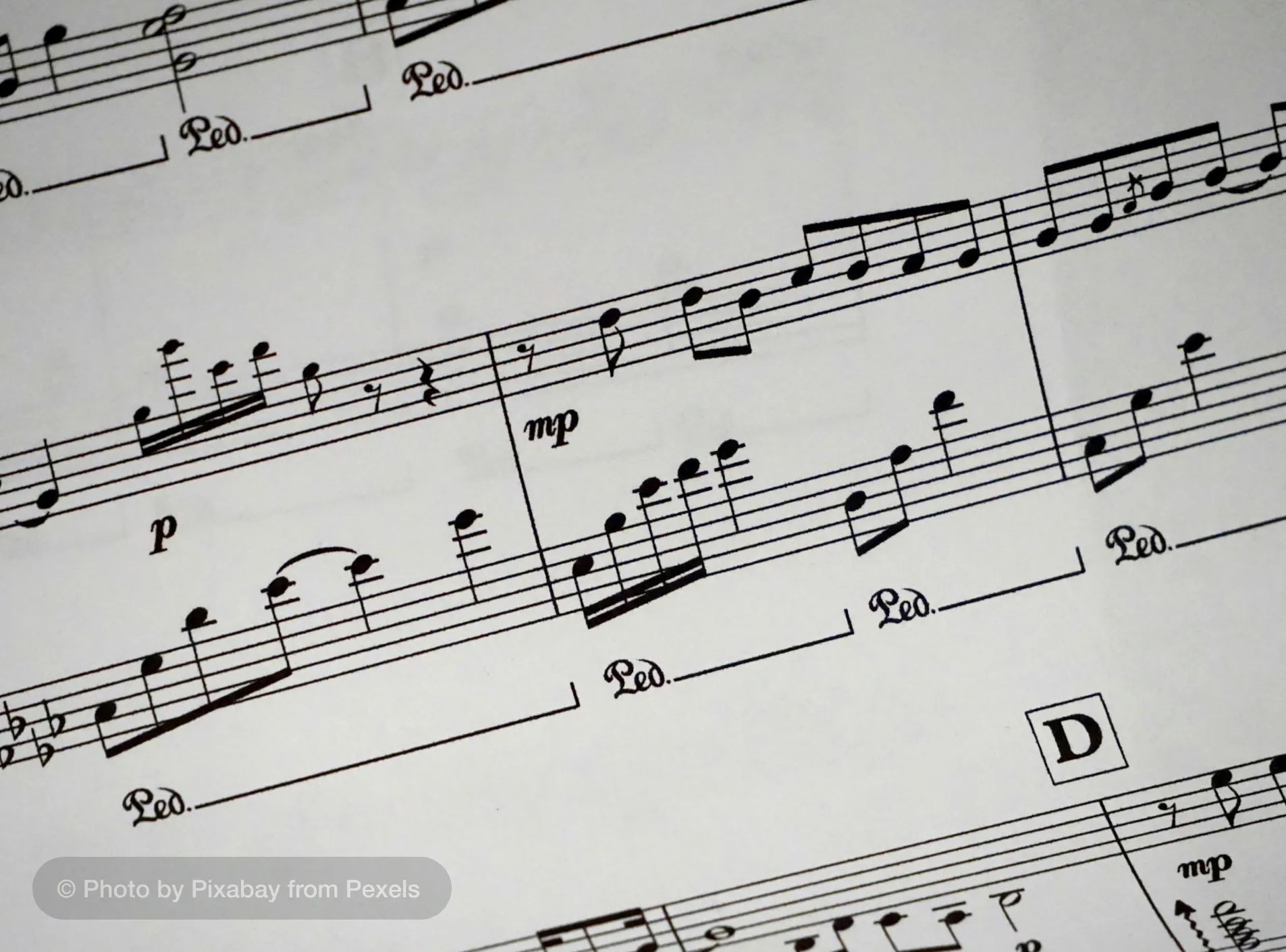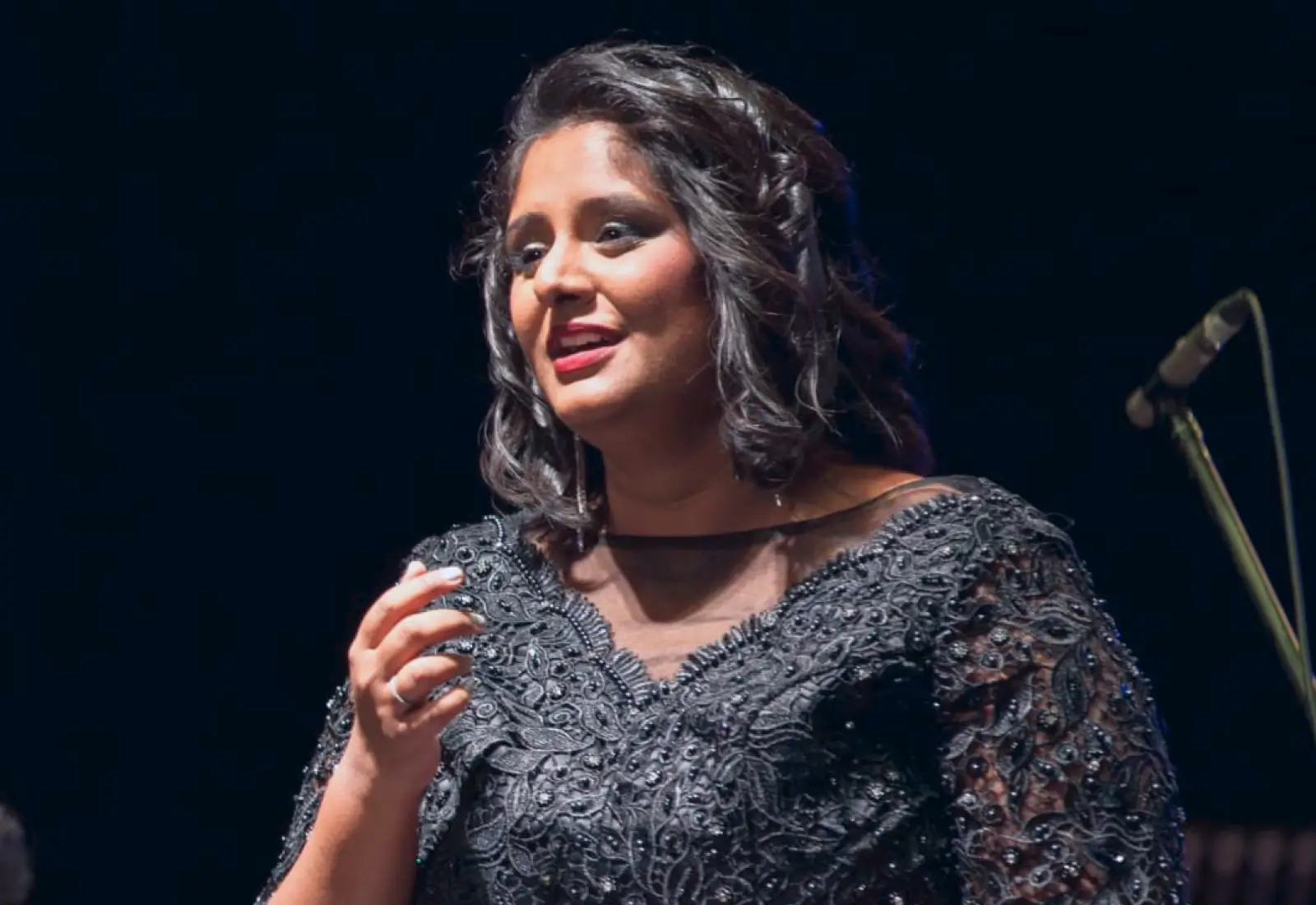What is Rhythm in Music? Understanding the Definition, Meaning, and Key Elements of Rhythm
Music is ultimately a blend of sound and silence structured meaningfully. But what makes music flow and sound alive? It's the rhythm that does the magic. Whether it's a slow ballad, a lively dance piece, or an intricate classical work, rhythm gives music structure, movement, and energy. It is like a secret ingredient you add to a recipe to make it taste better.
But what is rhythm in music, and why is it important? Let's break it down by looking at its meaning, definition, and main elements to better understand how rhythm influences every musical experience.
What is Rhythm in Music?
Rhythm in music serves as a composition's heartbeat, providing structure and movement to sound. A musical piece's flow is created by a pattern of beats, accents, and durations. Whether it's a pop song's steady pulse, jazz's swinging groove, or classical music's complex beats, rhythm plays a role in how the music is felt and heard.
Meaning of Rhythm in Music
Like you read in the beginning, the meaning of rhythm in music lies in the movement and flow the rhythm gives to the music with a regular pattern of sound and silence. In music theory, it refers to the timing of notes and rests as they occur over time. When a sequence of notes and pauses repeats, it forms a distinct rhythmic pattern. It is what gives music its dynamic and engaging quality, influencing the listener's perception of timing and pulse. Rhythm has been defined differently by a number of music theorists and composers:
- Grove Music Dictionary defines rhythm as "the systematic arrangement of musical sounds, principally according to duration and periodic stress."
- Quincy Jones, a great producer and musician who collaborated with Michael Jackson, once said, "Rhythm is the soul of life. The entire universe revolves in rhythm."
Without rhythm, music lacks coherence and intensity, making it difficult for listeners to follow a piece's progression. From the steady four-four beat in mainstream music to the subtle syncopations in jazz and Latin rhythms, rhythm in music influences how we feel, move, and connect with a song.
Key Elements of Rhythm in Music
Rhythm in music is defined by a few primary elements that determine how musical notes and beats interact across time. These elements define the flow, feel, and movement of a piece. Understanding these principles helps musicians to create a sense of timing, groove, and expressiveness in their performances.
Beat - The Pulse of Music
The beat is a steady pulse that serves as the foundation of a musical composition. It is what you unconsciously tap your foot to when listening to music. Some beats are strong (accented), while others are weak (unaccented), which adds to the overall rhythm. Most music is structured by dividing beats into measures (bars), which makes it easier to follow along. In popular music, drum beats frequently define the pulse, whereas in classical works, instruments such as the piano or strings set the rhythm.
Tempo - The Speed of the Beat
Tempo refers to the beat's speed, which is measured in beats per minute (BPM). A slow tempo (Largo, Adagio) conveys calmness or emotion, as seen in classical ballads. A moderate tempo (Andante, Moderato) is common in pop, jazz, and blues music. A fast tempo (Allegro, Presto) generates energy and excitement and is commonly used in dance, rock, and electronic music. For example, Rihanna's song 'Stay' has a calm pace, whereas Bruno Mars' 'Uptown Funk' has a quick and vibrant tempo that triggers movement.
Meter - Grouping of Beats
Meter refers to how beats are organized into measures (bars). It is defined by the time signature, which tells musicians how many beats are in each measure and what note value represents the beat. Common meters include duple meter (2/4, 4/4), which is frequently seen in rock, pop, and EDM, triple meter (3/4), which is typically employed in waltzes and folk music, and compound meter (6/8, 12/8), which is common in jazz and certain ballads. For example, Michael Jackson's 'Billie Jean' is in 4/4 time, whereas Johann Strauss II's 'The Blue Danube' is in 3/4 time.
Time Signature - Organizing Rhythm
The time signature is written as two numerals at the beginning of a piece, right after the clef and key signature. The top number denotes the number of beats in each measure, while the bottom number specifies the note value that gets one beat. The most common time signature is 4/4 time (Common Time), which is frequently used in many genres, including rock, jazz, and pop. Other common time signatures include 3/4 time, which is seen in waltzes and folk music, and 6/8 time, which is associated with swing music and ballads. For example, John Denver's song 'Take Me Home, Country Roads' is in 4/4 time, whereas 'The Blue Danube' is in 3/4.
Syncopation - Playing Off the Beat
Syncopation is a rhythmic technique that places accents on offbeats or unexpected parts of a rhythm. This method increases the complexity and excitement of a musical piece and is unique to jazz, funk, reggae, and Latin music. Syncopation happens when the rhythm feels slightly offbeat or when the emphasis is on weaker beats rather than strong ones. A well-known example is Stevie Wonder's 'Superstition', which has a powerful syncopation in its groove.
Note Durations - How Long a Note Lasts
Note durations refer to how long a note is played within a rhythm. The entire note lasts four beats, and the half note lasts two beats. A quarter note represents one beat, while eighth notes last half a beat. The sixteenth note is significantly faster, lasting one quarter of a beat. These different note durations add musical variation and influence the overall feeling of a song. Slower compositions, for example, typically have longer note durations, whereas fast-paced songs have shorter, faster notes.
Accent - Highlights Certain Beats
An accent occurs when a particular note or beat is played louder or stronger than others. This dynamic contrast elevates the emphasis and character of a rhythm. Accents allow musicians to highlight extremely important beats and give a more expressive performance. Strong accents are vital in Latin and African drumming because they define the groove and make the rhythm more engaging.
Polyrhythm - Layering Multiple Rhythms
Polyrhythm is defined as the simultaneous playing of two or more conflicting rhythms. This produces a rich, layered texture in music and is frequently used in African drumming, jazz, Indian classical music, and progressive rock. Polyrhythms add complexity and interest to music by challenging musicians to keep up multiple rhythms at the same time. For instance, interlocking polyrhythms are frequently used in African percussion groups to produce complex rhythmic patterns.
How To Improve Your Sense of Rhythm in Music?
Developing a good sense of rhythm in music is vital for both musicians and dancers. If you have trouble remaining on beat or following complex rhythms, don't worry, rhythm is a skill that can be developed with practice. Here are some great methods for improving your rhythmic precision:
- Start by actively listening to various types of music, focusing on the beat and rhythmic patterns. Counting beats aloud while tapping or clapping along helps in internalizing timing. A metronome is an excellent instrument for keeping a consistent tempo, start slowly and progressively increase speed.
- Practicing with different time signatures (e.g., 4/4, 3/4, or 6/8) builds rhythmic flexibility. Playing percussion instruments and tapping beats on a surface improves coordination. Subdividing beats (e.g., "1-and-2-and-3-and-4-and" for eighth notes) increases precision in complex rhythms.
- Moving your body, whether dancing, swaying, or tapping your foot, blends rhythm and natural movement. Playing with backing tracks or drum loops helps you improve your time and groove. Recording your practice sessions offers feedback on rhythmic consistency.
- Try practicing polyrhythms (such as playing triplets against duplets) or call-and-response activities for more complex rhythmic abilities. If you prefer more structured instruction, online western music classes can offer professional advice on rhythm, notation, and timing.
Mastering rhythm in music requires patience and persistence, but with continuous practice, staying on beat will become second nature.
Wrap Up - What is Rhythm in Music
Rhythm is the cornerstone of all music, shaping melody, harmony, and movement. It has evolved across nations and genres, giving each musical style a distinct personality. Active listening, metronome practice, and rhythmic exercises can help you build a stronger connection with the rhythm of music and make your musical expression better. In the end, rhythm is more than just timing, it is the pulse that makes music come alive.














